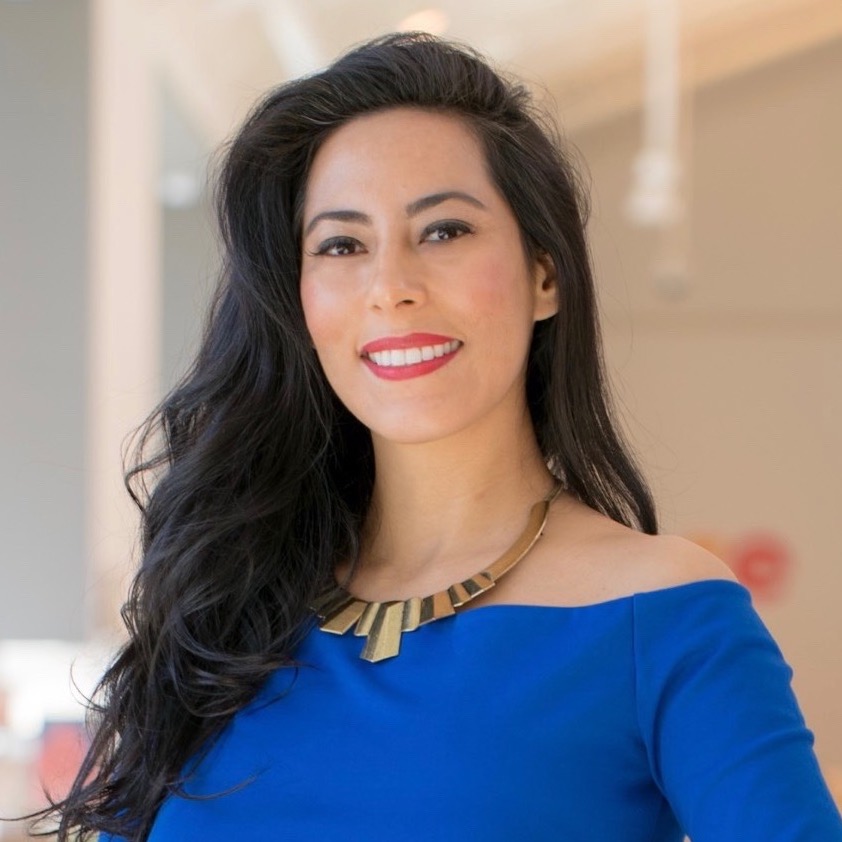
This week, hundreds of stars will walk the red carpet in Cannes, France, wearing glorious gowns and impeccably-tailored suits, thinking more of international cinema than of global sustainable fashion. Kering, the official fashion partner of the annual international film festival, might change that with its use of the global Cannes stage to release the results of its first Environmental Profit and Loss (EP&L) account, which uses an innovative methodology that promises to shape an industry and provides a new model for corporate sustainability.
Parent to brands such as Volcom, Stella McCartney, Gucci and other luxury, sports and lifestyle labels, Kering is the first multinational company to publicly estimate the environmental costs of activities across its entire supply chain around the world. In 2011, Kering worked with Puma, one of its brands, to release the world’s first-ever E&PL statement and has since developed a methodology to account for natural capital across all of its brands.
Is this the start of a new wave in corporate sustainability reporting? With the demands of GRI, CDP and integrated reporting, the jury is out on that question; even so, Kering’s innovative EP&L approach to accounting and reporting offers key lessons for any business that wants to unlock business potential and drive performance.
Open-source it
Developed with support from its brands and the global accounting firm PwC, Kering’s seven-step methodology measures greenhouse gas emissions, water use, water and air pollution, waste production, and land use changes linked to the company’s operations, as well as its suppliers, from raw materials to manufacturing.
That process has helped improve the company's operational performance, and its environmental impact (based on 2013 data) is now less than 45 percent of the global average business – and would have been 40 percent higher if the company would have operated as business-as-usual.
Kering wants the same for other companies and hopes the EP&L methodology becomes a catalyst for broader adoption of corporate accounting of ecosystem services.
“Kering is sharing our EP&L work as transparency and collaboration are needed to scale solutions which will help solve problems of scale, like the depletion of natural capital,” said François-Henri Pinault, chairman and CEO of Kering, in a statement released Tuesday.“Our E P&L has already served as an effective internal catalyst to drive us towards a more sustainable business model. I am convinced that an E P&L, and corporate natural capital accounting more broadly, are essential to enable companies to acknowledge the true cost on nature of doing business.”
Start from the start
During a live webcast press conference earlier this week, Marie-Claire Daveu, chief sustainability officer and head of international institutional affairs at Kering, mentioned that the company’s current focus on its supply chain (versus other areas of environmental impact, such as consumer use) is intentional. The company is getting all its ducks in a row, so to speak, before focusing on other areas of its products’ lifecycle. It is starting from the beginning, and will shape future sustainability efforts correspondingly.
Daveu also mentioned that the E&PL methodology is being applied to each brand, and that the report of 2013 results is a composite of all brands to show the company’s collective impact.
“You can’t compare, for example, a sport brand with a luxury brand only because the volume is not the same and the supply chain is not the same,” Daveu said during the press conference. “What is important for us is that every brand will reach its own target. The journey of each brand will be different; they have to tackle their issues. And the EP&L tool will help them and support them to be sure that they identify the right [course of] action.”
Think outside the box
Last month, Kering announced a partnership with H&M and the textile upcycling company Worn Again to explore circular economy models for the textile and apparel industry. During this week’s press conference, Daveu referenced potential partnerships in the works with other players outside the fashion and apparel space, such as those in agriculture. With such collaborations, and the EP&L methodology, Kering is demonstrating its leadership as part of a global system.
The company is not only about luxury; it is not only about fashion; and it is not only about profit. And, considering that the fashion world (and nowadays, society) tends to follow the lead of luxury brands, that is a very very good thing.
For more information on the EP&L, check out the video below.
Image credits: 1) Flickr/Cali4beach 2) & 3) Courtesy of Kering

Nayelli is the Founder & CEO of CreatorsCircle, a resource hub that connects diverse youth with opportunities to create a life of purpose and impact. A trained journalist with an MBA, she also keeps the pulse on sustainable business and social impact trends and has covered these topics for a variety of publications over the past 15 years. She’s a systems thinker who loves to learn, share knowledge and help others connect the dots.














